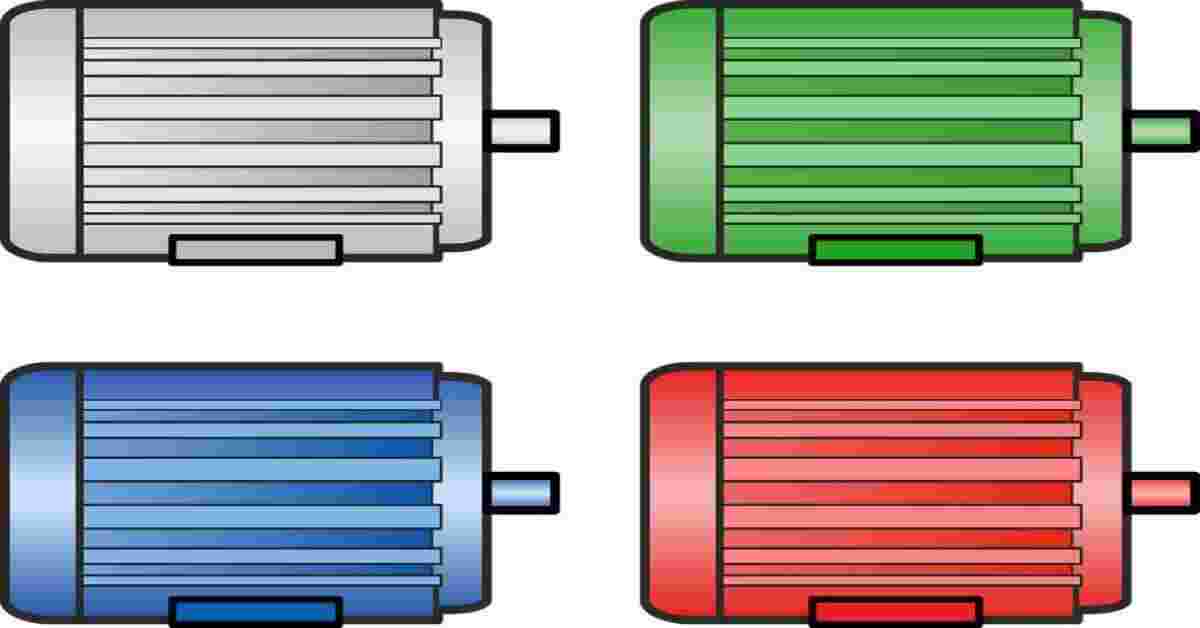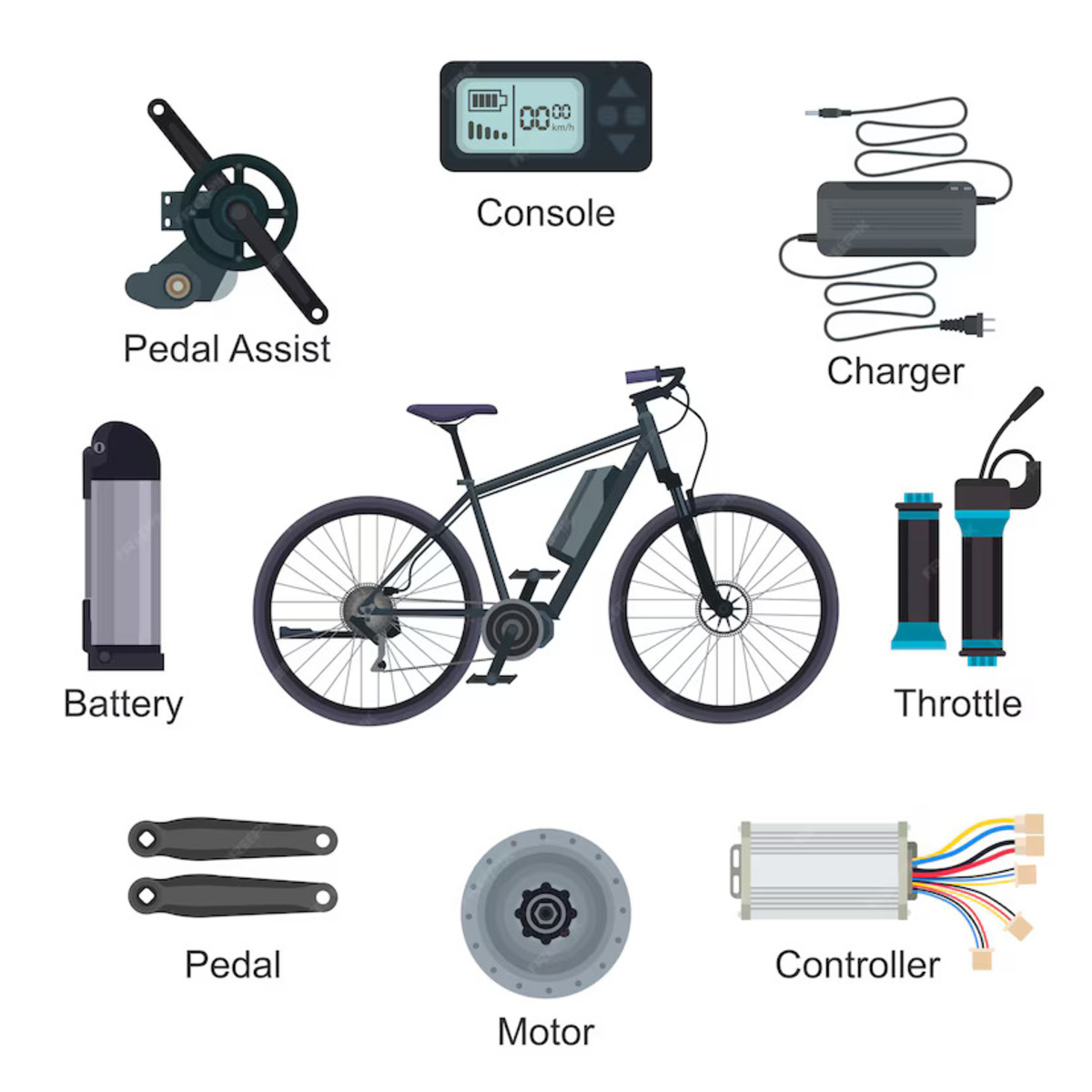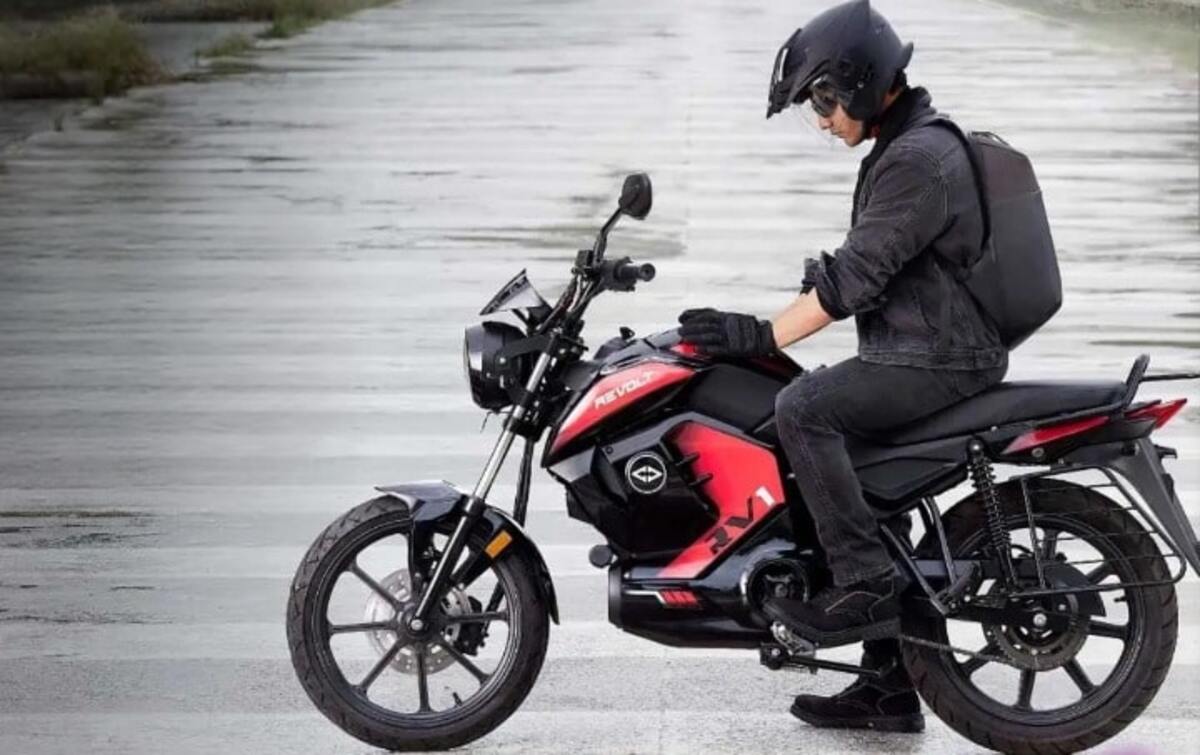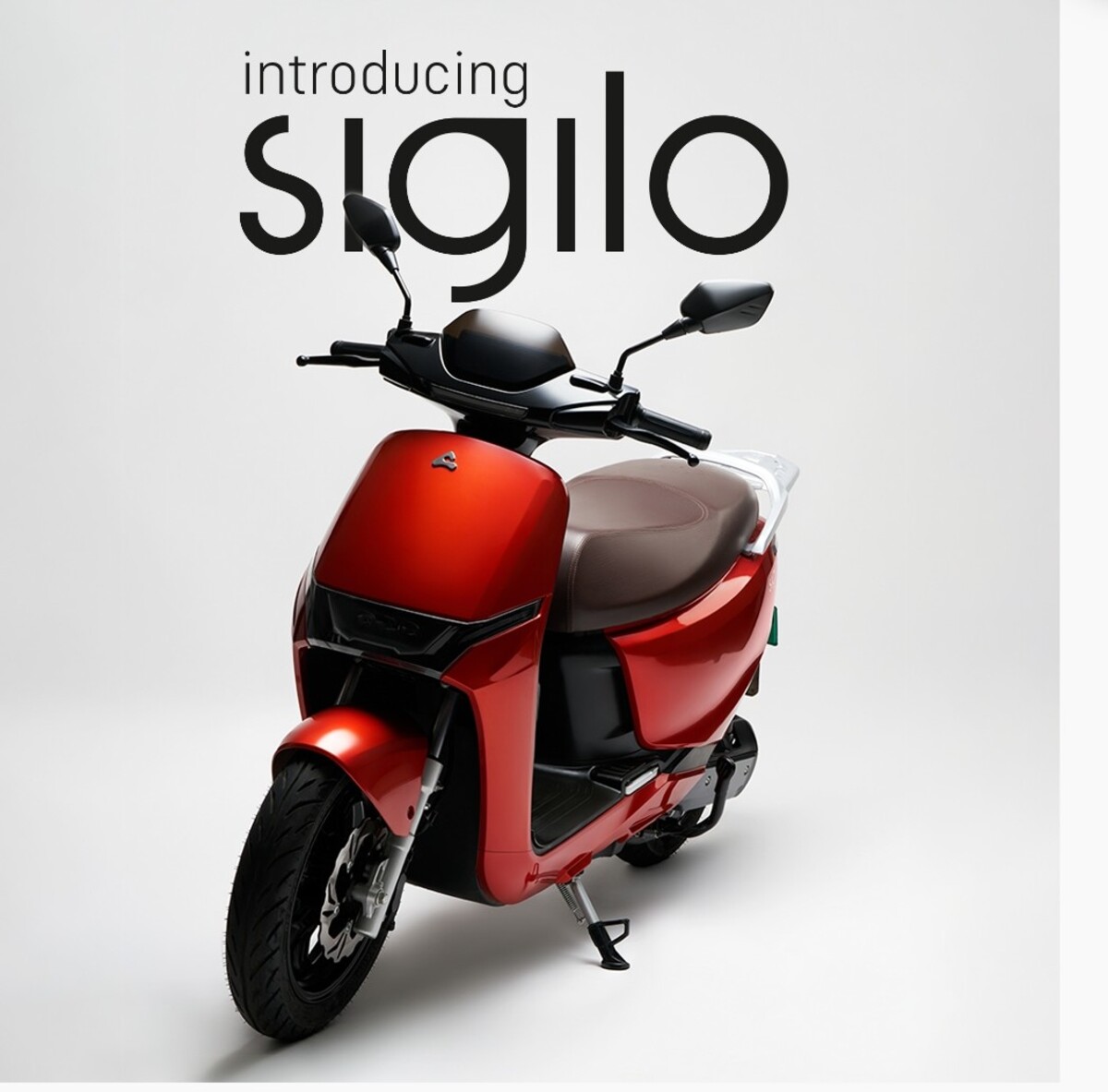Are you tempted about the motors used in electric vehicles and its features? In this blog post we will provide you the complete breakdown of electric vehicle motors. As numerous benefits are associated with electric vehicles, gradually the whole world is transforming towards electric vehicles from the combustion engine. Electric vehicles have gained a reputation for future maneuverability as technology advances and the difficulty of reducing pollution grows.
Also read:
Benefits And Subsidies for Electric Vehicles
Different Types of Electric Vehicles Charging Connectors
Public or DC Electric Vehicle Charging Stations
Home or AC Electric Vehicle Charging Stations
Overview of Electric Motor
EVs are powered by electric motors, which can be either AC (alternating current) or DC (direct current). The batteries are the core element of electric vehicles, but apart from that, the electric motor plays a crucial role in converting electrical energy stored in the vehicle’s batteries into mechanical energy to drive the wheels. The primary purpose of the motor is to provide the necessary power to push the vehicle forward. An electric motor generates power and instant torque that provide control over the vehicle’s speed.
Electric vehicles often use regenerative braking systems that allow the motor to act as a generator during braking. In this mode, the motor converts the kinetic energy of the moving vehicle back into electrical energy, which is then fed back into the batteries. This regenerative braking system helps improve overall energy efficiency and extends the vehicle’s range.
Motors Used In Electric Vehicles And Its Features
Types of Electric Motors
We can divide motors into two types: AC and DC motors. Both brushed and brushless motors fall under DC motors. Brushless DC motors are more efficient as they use an electronic commuter in place of brushes. Brushed DC motors need more maintenance, and they are large, so they are not widely used in EVs. Let us discuss the types of electric motors
- DC Series Motors
- Brushless Direct Current Motors (BLDC)
- Permanent Magnet Synchronous Motors (PMSM)
- Three-Phase Induction Motor
- Switched Reluctance Motors (SRMs)
1. DC Series Motors
DC Series motors were broadly used for traction applications in the early 1900s. They are coherent and powerful as well and can vary in size depending on the requirements of the application. A brushed DC motor consists of a rotor, a stator, and a commutator that is a mechanical switch that converts the direction of the current flowing. They are simple motors that can be directly connected to the battery of the vehicle. However, they can be controlled simply by providing voltage without the use of complex applications.
DC Series motors have numerous advantages, such as easy speed control, less energy consumption, high efficiency design, generate high torque that can be managed by voltage, etc. It can resist a sudden increase in load. These motors produce intense heat, so the requirement of a fan and cooling system is mandatory to maintain a safe temperature that would help the overall efficiency and performance of the vehicle.
The main disadvantage of DC Series motors is that they require high maintenance because of their brushes and commutators.
2. Brushless Direct Current Motors (BLDC)
BLDC offer high performance compared to other electric motors. These motors are more popular and highly efficient than DC motors. Because of the lack of brushes, these motors are simple and compact in design, which is helpful to increase overall reliability and high-power density. Like a DC motor, BLDC motors are also made up of two parts: the rotor and stator.
The rotor is a rotating part of the electric motor that helps to rotate a vehicle, whereas the stator is a stationary part of the motor that is made up of copper winding and creates artificial magnet poles by passing current. The rotor can be divided into two parts: the outer runner and the in-runner. In an outer runner, the rotor exists outside and the stator is inside, and in an inner runner, the rotor of the electric motor is present inside and the stator is outside.
BLDC motors use electronic commutation instead of brushes, which reduces the overall cost related to maintenance and manufacturing.
Lack of friction in brushless DC motors improves authenticity and the longer life expectancy of the motor, which even helps to increase torque density capabilities. Brushless motors have a higher power-to-weight ratio, which makes the vehicle lighter.
One of the biggest disadvantages of BLDC motors is that they are expensive. Their wiring operation is also complicated because of electronic control and its link to electromagnets.
BLDC motors are helpful to run the vehicle smoothly. Additionally, these motors are small, provide quieter operation, and increase reliability.
Spark Motors Pvt. Ltd. and Rajamane Industries Pvt. Ltd. are the companies that manufacture BLDC motors.
3. Permanent Magnet Synchronous Motors (PMSM)
Like BLDC motors, permanent magnets Synchronous motors use permanent magnets to generate the magnetic fields. They offer high efficiency and good power density, which makes them suitable for electric vehicles. To get high torque or speed, they require less current.
If compared to DC motors, PMSM motors are highly priced, but they are well regulated, more reliable, and have a longer life. Despite being costly, PMSM motors are providing competition to other motors because of their increased efficiency. In terms of configuration, PMSM motors are flexible and can be easily adjusted.
There are two types of PMSM motors available: surface-mounted permanent magnet (SMPM) and interior permanent magnet (IPM) synchronous motor drives. Although IPM motors perform well, but its design is complex.
The PMSM motor is used in the Ather 450X, MG Comet, Mahindra XUV400, and many more.
Narula Electrics and ABB India Pvt. Ltd. are the major manufacturing companies of PMSM motors.
4. Three-Phase Induction Motor
Induction motors are also called asynchronous motors because they run slowly. These are the most widely used motors. Like DC series motors, they do not have high starting torque.
The drawback of an induction motor is that it has limited speed variation capabilities, so it is not suitable for all applications, and the control of the motor is difficult.
Three-phase AC induction Motors are widely used for their reliability, efficiency, and robust design. These motors provide constant and smooth power flow compared to single-phase motors. Three-phase induction motors have a simple construction that makes them durable for various operating conditions.
This motor consists of a stator and a rotor, with no physical electrical connection between them. This stator is a mandatory part of the motor, and it contains three sets of windings, each of which relates to a separate phase of the power supply. When voltage is supplied to these windings, a rotating magnetic field is created that induces current in the rotor and creates a second magnetic field. The interaction between the rotor and the stator’s magnetic field causes the rotor to rotate.
Three-phase AC induction Motors are self-starting, which means they start rotating without the need for external assistance. AC induction motors are highly efficient at full load, too. The absence of brushes in AC induction motors requires less maintenance. These motors are more expensive than other motors.
The Tesla Modal S is a suitable example of an induction motor. Mahindra Reva e20 also uses a three-phase induction motor for its propulsion.
Tata Motors and other two-wheeler manufacturer companies like TVS also use induction motors in their vehicles.
5. Switched Reluctance Motors (SRMs)
SRMs have a relatively simple and robust construction compared to some other motors. These motors produce high torque density and exhibit good efficiency at high speeds.
Like other motors, switched reluctance motors do not require permanent magnets on their rotor, which can be an advantage in terms of cost-effectiveness. They operate by maximizing the alignment of the rotor and stator poles to achieve efficient power conversion.
The rotor of the switched reluctance motor is made up of laminated steel, and it does not have any permanent magnets or windings that help reduce the moment of rotor and lead to fast acceleration.
SRMs can be inherently fault-tolerant due to their simple construction. They may continue to operate even if one or more phases fail, although at reduced performance. These motors are capable enough to bear higher temperatures. SRM motors are gaining attention in the electric vehicle industry for their potential.
The complicated control system of switched reluctance motors is the biggest drawback.
ABB Electric is a manufacturing company of switched reluctance motors (SRM).
Tesla and Range Rover EVs use SRM in their vehicles.
Features of Electric Motors
Electric vehicles powered by electric motors produce zero tailpipe emissions during operation. This makes them a cleaner and more environmentally friendly alternative to traditional vehicles with internal combustion engines, especially when the electricity used for charging comes from renewable sources. Let us explore some common features of electric motors:
- Power Ratings – Electric motors in EVs are generally measured in kilowatts (kW) or horsepower (hp). The power rating of motors plays a crucial role in the performance and acceleration of electric vehicles.
- High Efficiency – Efficiency is again an important factor in converting electrical energy from the battery into mechanical energy. This efficiency is typically measured in percentages; a higher percentage leads to a higher battery efficiency.
- Fast Torque – Electric motors provide fast torque, which is helpful in the quick acceleration of electric vehicles.
- Size and Weight – Electric motors should be compact so that they may be adjusted easily, and their lightweight is helpful to achieve a good range of electric vehicles.
- Effective Cooling – Effective cooling of an electric motor is essential to prevent it from overheating and increase overall efficiency. Various cooling systems are used to maintain the temperature of the vehicle.
- Good Quality of Material – Electric motors may use different materials (composites, advanced magnets, etc.) for their construction; they should be of good quality as they contribute to the motor’s durability and performance.
Conclusion
Brushless electric motors are helpful to improve efficiency and have a longer life span. These features collectively contribute to enhance the performance and reliability of electric motors.




